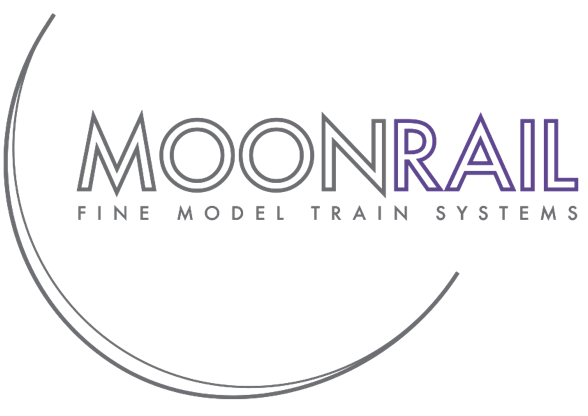CR 400 AF FUXING HAO (H0, 1:87)
CRH 400AF and CR 400AF Fuxing Hao
A FuxingHao with 8 coaches is 209m long 3.36 wide and 4m high. 556 passenger will find comfortable place within 10 business-, 28 first- and 518 second-class sits. In 2007, China's Ministry of Railways drafted a plan for China's future high-speed network. Bombardier Transportation, Kawasaki Heavy Industries, Alstom and later Siemens joined the high-speed train manufacture project later known as Hexie (simplified Chinese: 和谐号; traditional Chinese: 和諧號; pinyin: Héxié Hào; literally: 'Harmony'). Forming a joint-venture with Chinese company CNR and CSR, four foreign companies signed an agreement with China to manufacture high-speed trains for China as well as provide assistance to a Chinese company to manufacture train cars locally in the future. Some of the Hexie (Harmony) train sets are manufactured locally through technology transfer, a key requirement for China. The signalling, track and support structures, control software, and station design are developed domestically with additional foreign elements. By 2010, the track system as a whole was predominantly Chinese. China currently holds many new patents related to the internal components of these trains, re-designed in China to allow the trains to run at higher speeds than the foreign designs allowed.
However, most of Hexie's (Harmony's) patents are only valid within China, and as such hold no international power. The weakness of intellectual property of Hexie causes obstacles for China to export its high-speed rail related technology, which led to the development of the completely redesigned train brand called Fuxing (simplified Chinese: 复兴号; traditional Chinese: 復興號; pinyin: Fùxīng Hào; literally: 'Rejuvenation') that is based on local technology. Started in 2012, CNR Changchun Railway Vehicles (now CRRC Changchun Railway Vehicles), under the guidance of China Railway Corporation, with a collection of enterprises, universities, and research institutes, carried out the development of China Standardized EMU. In December 2013, CRRC Changchun completed developing the general technical conditions for EMUs, and completed the plan design in September 2014. The EMU was rolled off the production line on 30 June 2015. According to the arrangement for the China Standardized EMU research and development work, the EMUs will receive 600,000-km experimental verification and optimization. They started to experimental work at National Railway Test Center of China Academy of Railway in Beijing after they rolled off, and they were tested at up to 160 km/h. On 18 November 2015, the China Standardized EMU hit a speed of 385 km/h and passed the high speed test on Datong–Xi'an Passenger Railway. The EMU was tested under complicated conditions, including on bridges, in tunnels, and on slopes and turns. On 15 July 2016, the two China Standardized EMUs in opposite directions passed each other at 420 km/h (relative speed to one another of 840 km/h) during test runs on Zhengzhou–Xuzhou high-speed railway.[
Fuxing Hao H0-Version


CRH 400AF 207 Experimental Fuxhing Hao | Blue Dolphin
CR 400AF 2006 Fuxing Hao | Limited: “My Great China” Logo


CR 400AF 1001 Fuxing Hao | Ideal for Double Traction w. 2001
CR 400AF 2001 Fuxing Hao | Ideal for Double Traction w. 1001
Technical Information


Request, Price and Order by Email, please: shop@moonrail.net

____________________________________________________________________________________________________________________________________________________________________________________________